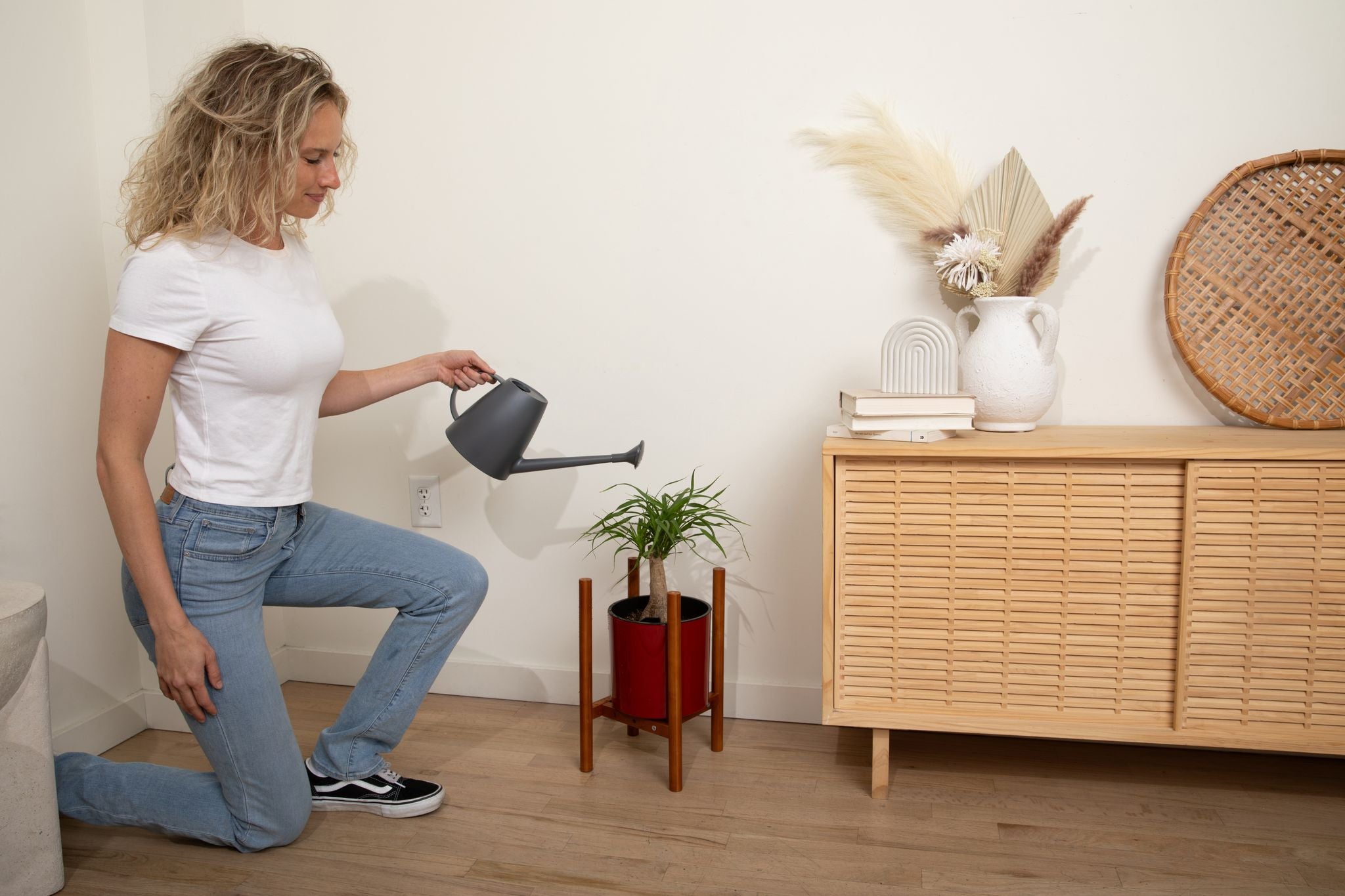Cultivate Aloe Vera: Grow Your Own First Aid Kit
Aloe vera has many medicinal properties
Aloe barbadensis, better known as Aloe Vera, is the most commonly used medicinal plant in the world, thanks to the multitude of healing properties attributed to its sap or gel. An excellent home remedy for burns, wounds, scars, heartburn, indigestion, and other minor ailments, Aloe Vera is a great addition to your garden as well as your kitchen medicine cabinet!
Optimal Growing Conditions for Aloe Vera
Aloe Vera plants grow enthusiastically in both outdoor and indoor conditions. When growing outdoors, the plants do best in U.S. Agricultural Zones 10-12, in warm temperatures with plenty of sunlight and sandy, well-drained soil. Growing outdoors in pots is also an option, and is actually recommended for those living in colder climates, since the plants will need to be brought indoors to avoid frost and freezing soil conditions in winter. Bring outdoor plants indoors once temperatures hit around 50°F.
Growing outdoors exposes your plants to pests, and the most common ones to strike Aloe Vera plants are usually snails and slugs. To prevent these critters from destroying your precious plants, try a natural mineral bait product such as Sluggo.
Growing Aloe Vera in a Pot
Aloe Vera will thrive easily in a pot, especially if you place it in a sunny window with morning or afternoon sun exposure. These plants actually thrive in crowded conditions and don’t require a very big pot to live in. Select a pot that will comfortably accommodate the plant’s roots, with the roots filling up about two-thirds of the pot.
The plant will need to be repotted once it becomes top heavy, and once the potting mix has lost its nutrients. Even if your plant doesn’t need to move to a bigger pot, repotting once or twice a year ensures that the plant benefits from the full spectrum of nutrients in your soil mix. Always choose pots with plenty of drainage holes in the base, which provide maximum drainage and protect against accumulation of excess moisture which can lead to root rot.
Choosing the Right Soil for Your Aloe Vera
Perhaps the most important consideration to take into account when growing Aloe Vera is proper soil selection. Coarse, sandy soil provides better drainage, which is of maximum importance to succulents at risk for root rot, so choose a soil mixture designed specifically for succulents. The soil should feel dry and gritty, rather than moist and soft. Potted plants will require that you update the soil mixture every year or so.
Watering and Feeding Your Aloe Vera
Overwatering can be fatal for Aloe Vera plants. Always let the soil dry out completely in between watering. In general, plants grown outdoors in the heat and sun may need to be watered once weekly during the spring and summer growing season. Indoor plants should be watered about once every 10-14 days during the growing season, and about once a month during winter. Water the plant until the soil is thoroughly wet and water runs freely through the openings at the base of the pot.
Feeding your Aloe Vera plants using a weak, nutrient-rich fertilizer such as FEED ME! MSU is recommended about once or twice a month during the warm growing season for outdoor plants, and about once a month for indoor potted plants.
Propagation
Aloe Vera, like many succulents, propagates by shooting baby plantlets, or “pups” that usually grow around the base of the parent plant. These pups may be removed using a sharp knife dipped in bleach once they reach a height of about 2-3 inches. When repotting the new pups, add a solution such as K-L-N Rooting Concentrate to the first watering to help the new pups establish strong, healthy roots.
Healing Properties of Aloe Vera
Once you’ve got a few healthy Aloe plants growing, you can use the healing sap or gel that these plants produce in plenty of home remedies to soothe or alleviate minor problems. For example, when taken orally, the gel aids digestion, alleviates heartburn and indigestion, and is said to protect against the formation of stomach ulcers. Other benefits attributed to Aloe Vera gel include skin-healing properties that make it an excellent ointment to use on a burn or sunburn. Minor cuts, scratches, blemishes, and skin irritations may also respond positively to Aloe Vera gel.
To prepare, take a leaf and cut off the thorny parts as well as the skin, and scoop out the gel with a spoon or butter knife. The Aloe gel has a bitter taste, so cutting it into small cubes and freezing it may make it more palatable, as it can be blended into a glass of juice or smoothie. These frozen cubes may also be applied to the skin directly to heal burns, cuts, or scrapes.

